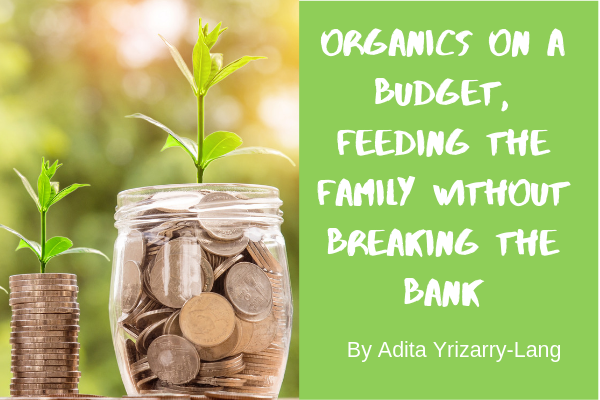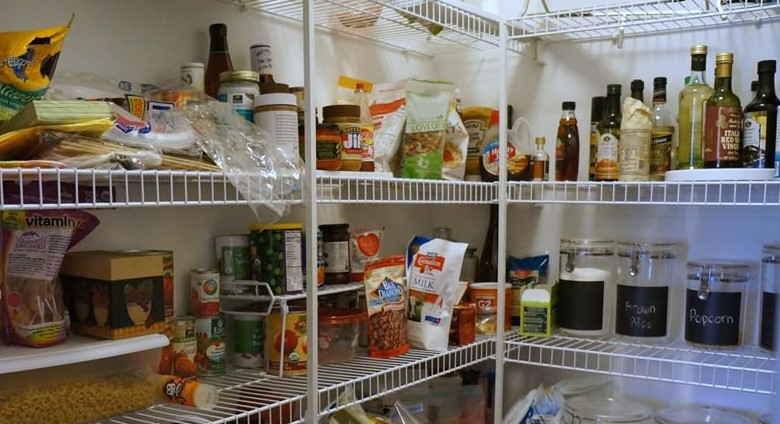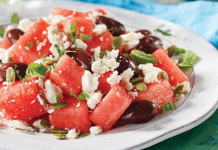
Creating a great organic meal should always be easy when you have your kitchen set up for success. I’ve been a health coach for over 30 years. During that time there has been a common theme with my clients… how much is all of this organic food going to cost me? Can I eat organics on a budget or will they always break the bank?
Honestly, I never really paid too much attention to what I was spending. I always rationalized my organic spending as choosing the best foods for my family and for our health. I figured I would cut corners by not buying as many fancy shoes as I used to and using that money for the health of our family.
Two years ago life threw me a curveball. And for the first time in years, I had to pay attention to my spending. This was the best test ever, to see what I was spending on food for me and my two kids. With everything I know, food is fuel. zit’s important to me to provide the best organic fuel for me and my children. I couldn’t be as frivolous with my spending as I used to be, but I wasn’t sure where to start either. After much deliberation, here is what I learned:
1. Make a Plan for the Week
The old me used to buy, just to buy. No real plan and lots of spoilage as the week went on. I have set up a system and a menu for my week these days. Now I buy on a Sunday and by Friday we have slim pickings left. Almost no spoilage and no unneeded extras.
2. Packaged Foods

These are typically the most expensive. Not because each item is expensive, but because these items may or may not be used that week. These are snack foods, baking goods, and basically fillers. Some will get eaten and some won’t. These are the things you buy just in case you have guests. They typically have a lot of calories, don’t necessarily offer a lot of nutrition, and together it’s money not well spent. (Right now, go take a look in your pantry and see how much stuff you have that is more than a month old and add up those dollars!)
3. Become Creative!
I have never liked leftovers. It’s just a personal thing. The new me will accept them for the next day, as long as I can create something yummy and new with them. It’s a weird challenge I have given myself. Take last night’s chicken leftovers: Today I have sauteed it with garlic, tomatoes, basil, and a few other veggies. I tossed it all in with spaghetti squash… new meal with new flavors and leaving nothing to waste!
4. And the Organic Grand Total is…
Keep in mind all of my ingredients are organic. I choose animal proteins that are of the best quality as well. Here is a typical meal that I serve for me and my kids–a tray of organic, pasture-fed, free-range chicken, $7.00; freshly made black beans, $4.00, jasmine rice, $2.00, Brussels sprouts, $4.00, and miscellaneous veggies for cooking and flavor, $3.00. To feed me and my two kids was only $20.00 and this included a few leftovers. That is $6.67 each for a fully organic meal. Not bad!
For all of you who think organic is something to break the bank over, please think again. Just taking a moment to check what is in your pantry, what kind of spoilage you have going on, and how many things do you buy that never get used can give you a great idea as to where the money is going. Think of your refrigerator this way… the refrigerator is fresh items so by the end of the week it should look pretty empty. The freezer is backup so that when you run out in the fridge you can still create a great meal. And the pantry is for seasonings and dry goods, and packaged items that will be used during the week (FYI, the pantry should not be JAM-PACKED).
A few updates to your kitchen systems can save you plenty of money, enough to go all-in with organics!
With Love and Light,
Adita
















Love this post! It was so helpful!
Comments are closed.